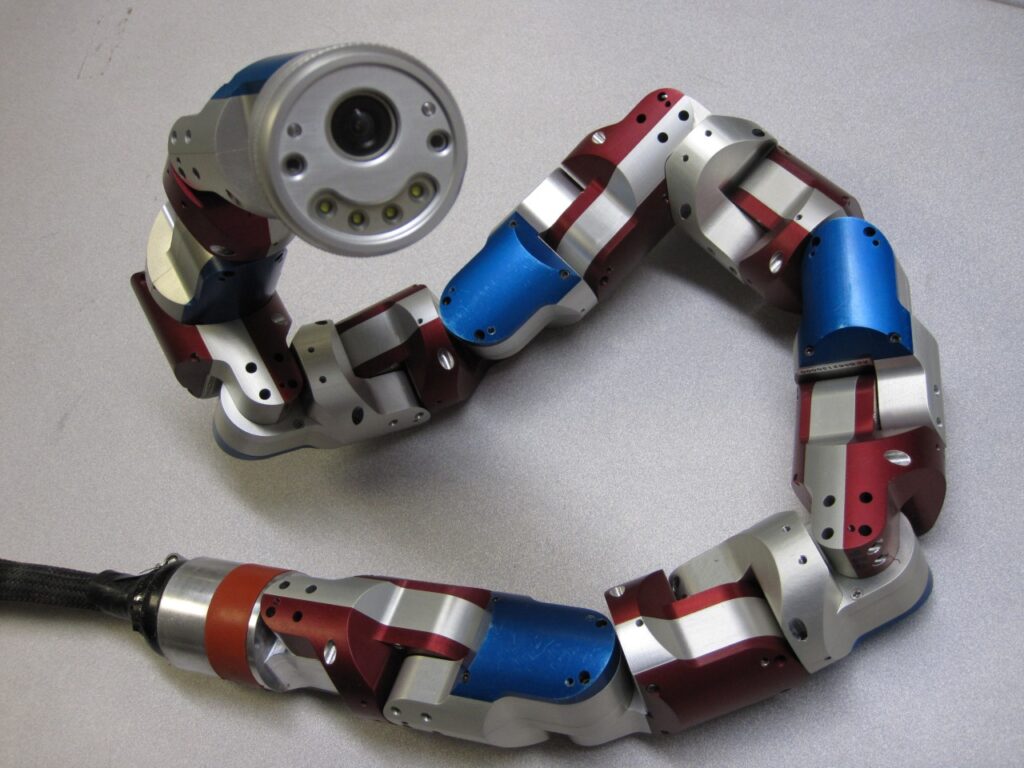It seems that in the future a nice fleet of snake-like crawling robots will take care of repairs and maintenance of underwater structures: there are several companies that carry out tests on prototypes of these devices that could soon populate our oceans.
Just yesterday the robotics lab at Carnegie Mellon University (CMU) announced that it had added swimming to the list of capabilities of its snake robot. “Now this modular robotic platform will be able to inspect ships, submarines and infrastructure for damage,” explain the researchers in a press release .
THEHardened Underwater Modular Robot Snake (HUMRS), this is the name of the snake robot, is being developed as part of a project by the Advanced Robotics for Manufacturing (ARM) Institute, a consortium of 14 entities involved in the development of advanced technologies.
The snake robot crawls fast
Work on the articulated robot is going at breakneck speed: it only started last July. The tests began no more than a month ago in one of the swimming pools at Carnegie Mellon University, just enough time to put the robot under a "waterproof shell" that allows it to stay underwater.
The race for underwater robotics is one of the most interesting future trends. Check this out Market Research Future report (which estimates a value of over 4,9 million euros by 2025. It seems little but it is the sign of an explosion spark). The snake robot and his other colleagues will grow dramatically, hand in hand with the new developments in robotics and boats, which will require increasingly simplified maintenance. Read: Automated.

The secret? Modularity
It seems that ingredient X that led to such a rapid development of this snake robot project is this. Modularity allowed small teams to focus on "sections" of the robot, and then create different configurations.
Before diving into the water, however, the snake robot has already shown the ability to fit into very narrow spaces. In oil pipelines, for example. At sea, however, the robot has great potential for use by the Department of Defense. Many sailors would gladly spare themselves the task of crawling into underwater tanks for routine operations.
The new robot is being developed to perform those tasks, while having the ability to inspect submarines and ships while at sea, sending vital data to the dock so that any damage repairs can be planned accordingly in advance.
Snake robots: do we have non-military applications?
Potential non-military applications include subsea inspections of oil pipes and platforms, which would prevent divers from finding themselves in potentially challenging situations. And in this, as mentioned at the beginning of the post, Carnegie Mellon is not alone.
Just last month, Eelume Subsea Intervention has announced its own snake robot designed specifically for pipe inspection. Underwater robotics will grow, I repeat. There biomimetics it will increasingly stimulate the development of similar small robots.


